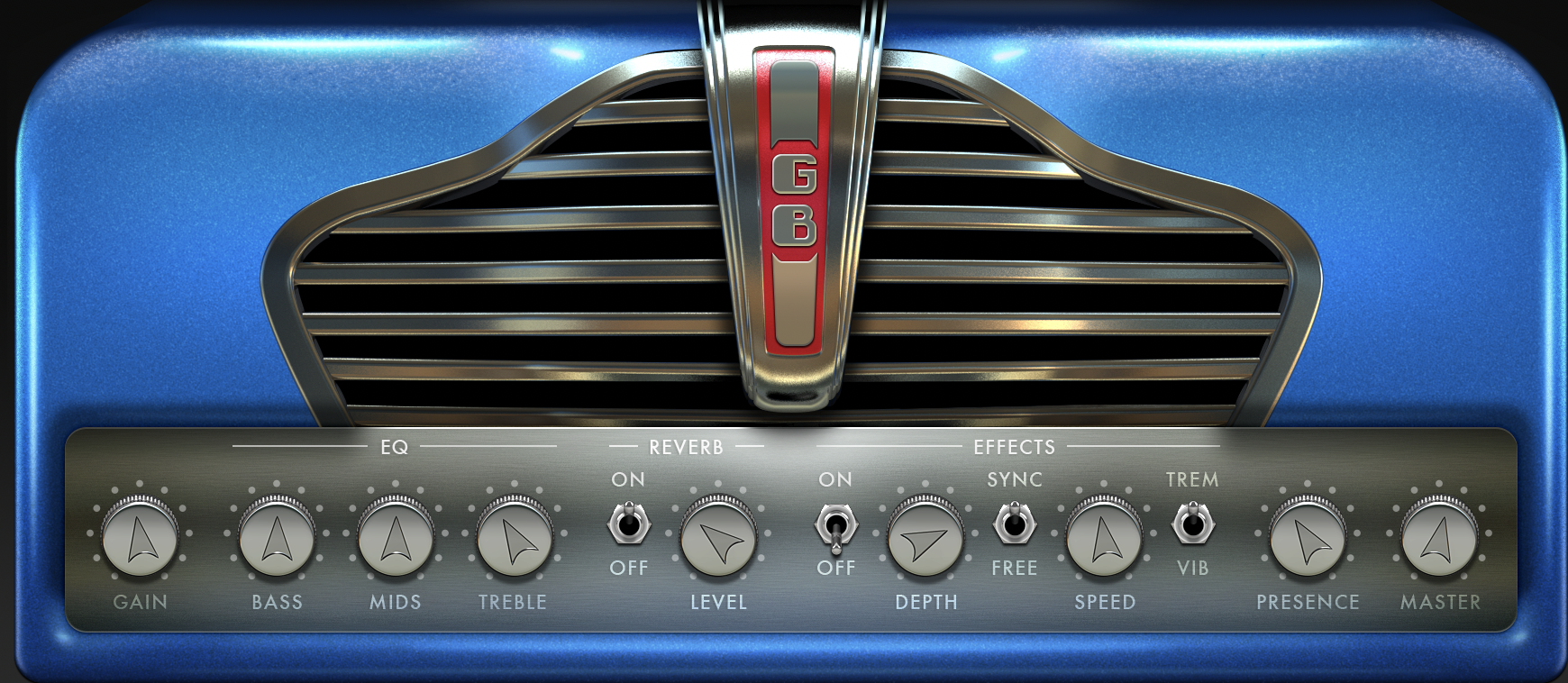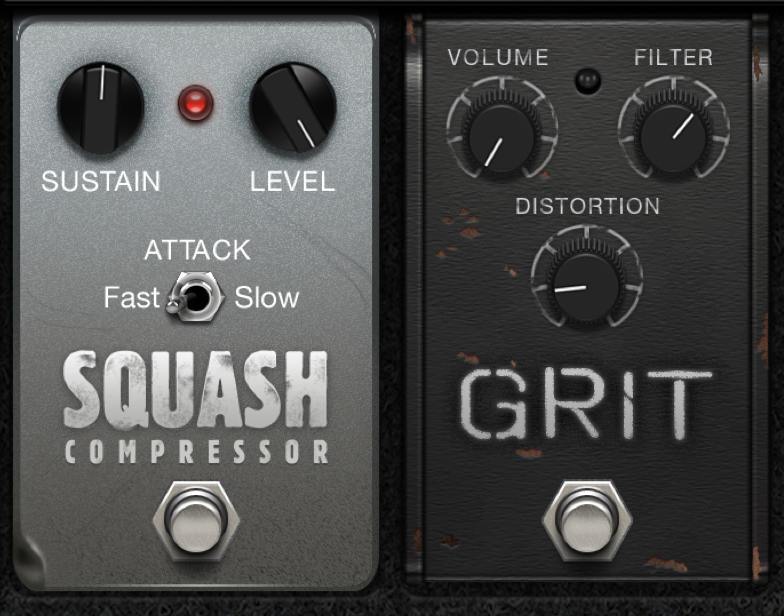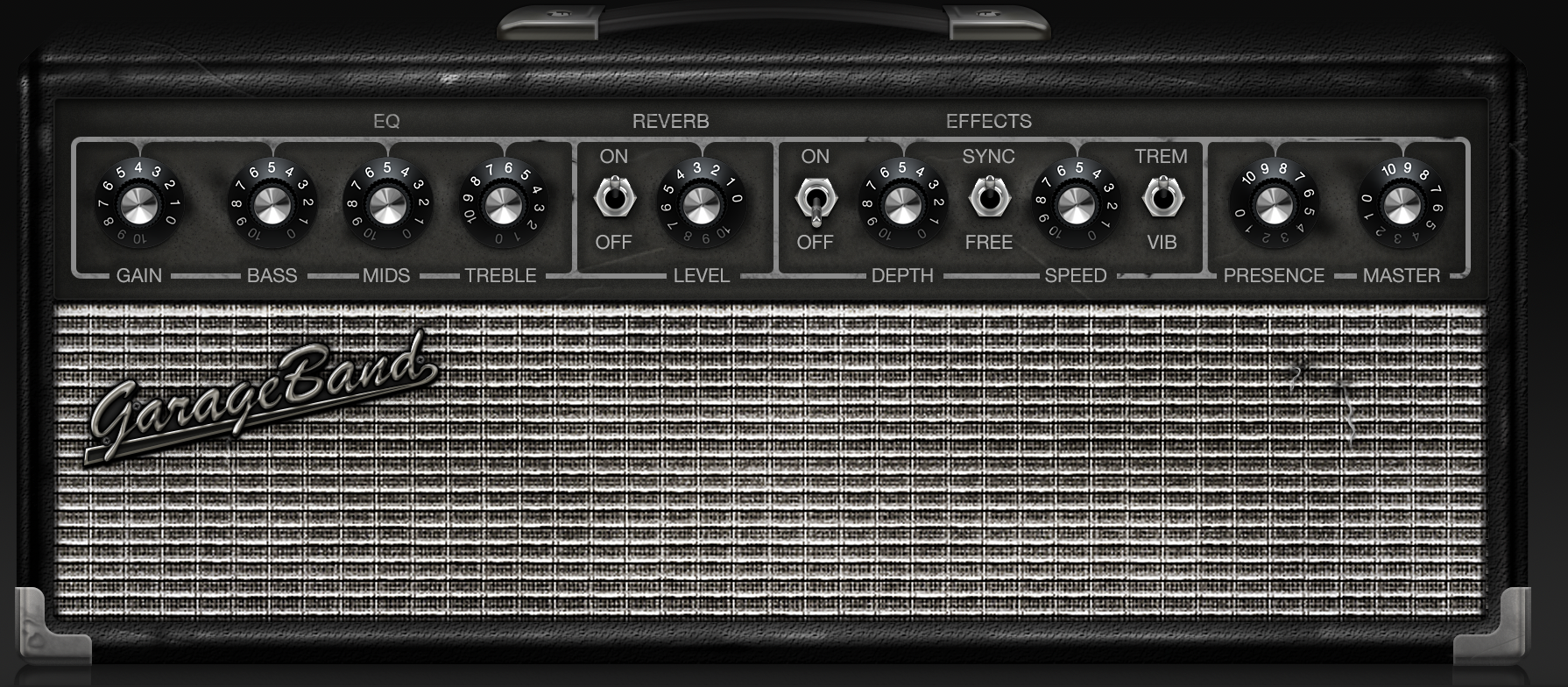
Photo by Magnific@th ArtWorks
Using GarageBand for electronically processed flute
Thank you for your interest in electronically processed flute! I am not an expert in this. Here’s what I do to play my flute through electronic processing for the pieces I’ve composed that call for it, Antarctica and La loba. I hope I haven’t left out any steps. If you have expertise in using a real analog pedal board, that’s probably better than this. But I don’t have a pedal board, so got some help (thank you, Walter!) to create this digital equivalent. Please contact me if you see corrections or improvements to this list or have any questions.
My equipment:
three-prong extension cord with adapter with multiple outlets
MacBook Pro laptop with AC adapter
Focusrite Scarlett 2i2 audio interface with USB cable and USB-C adapter
2 XLR cables
1 XLR to ¼” plug adapter–take various configurations if you’re using someone else’s equipment
mic stand
AT2020 cardioid condenser mic
Fishman Loudbox Artist amp or Fender Passport amp or the preferred way, hall’s sound system
Decide where to set up the laptop where you (or your helper) can see the screen doesn’t bother anyone.
Decide where to set up the mic stand so it’s right in front of your face when you play, maybe 5-12’ away.
Decide where to set up the amp or ask to use the hall sound system.
Be thinking about where the XLR cables can go to avoid being stepped on.
Set up the mic stand.
Drape the female end of an XLR cable over the mic holder.
Attach the cable loosely to the mic stand.
Carefully lay the cable on a path to where your interface and laptop will be.
Plug in the cable to the Focusrite Scarlett 2i2 audio interface.
Plug the Focusrite into the USB-C adapter.
Plug the USB-C adapter into the laptop.
Plug the power adapter into the laptop.
Plug in the speaker.
You may need an extension cord.
Raise the mic stand so the mic is in front of your face.
Secure the XLR cables with the little mic clip on the mic stand or other method.
Boot up the laptop.
Open GarageBand.
Make sure your input is the audio interface.
Save as your project on the desktop.
Turn on phantom power on the Focusrite.
Turn on the input monitor on your track.
Create a track with no effects before the first and after the last processing tracks.
You do not need to record, just toggle between the tracks.
Have someone listen in the hall to test so the audio gain on your interface is set appropriately for the hall.
For a sound check, ask for the loudest thing you’ll record so you can adjust the input gain knobs so the audio feed does not clip (wave hits the edges of the track and looks boxy).
Check all of the processing tracks to adjust them for sensitivity, feedback, gain, etc.
You will notice a tiny bit of a delay with the processing.
If you are using a wireless or bluetooth mic, the delay will be longer.
If someone else is toggling between the tracks, make sure they have a copy of the music and know when to switch tracks.
Remember that if you’re speaking into the mic to have it on a no-effects track or you will sound very weird.
Ocean Drive (created by Walter Torres)
Growly overdrive processing
Track
Noisegate -28 dB
Compressor Threshold -14.0 dB
Ratio 1.8:1
Attack 23.0ms
Gain 0.5 dB
Channel EQ
Distortion
Drive 21.5 dB
Tone 5000 Hz
Output -11.0 dB
Woolly Octave
Doubling 8vb with reverb
Track
Noise Gate Threshold 0 dB
Pedal Board
Amp Designer
Channel EQ
Compressor Threshold -14.5 dB
Ratio 2.7:1
Attack 47.0ms
Gain -1.0 dB
Sitar
Distortion and reverb
Track
Noise Gate Threshold -16 dB
Pedal Board 1
Amp Designer
Pedal Board 2
Channel EQ
Compressor Threshold -25.0 dB
Ratio 2.9:1
Attack 8.5 ms
Gain -3.0 dB
Blue Wave
Some reverb, clean
Noise Gate Threshold -20 dB
Pedal Board
Amp Designer
Ring Shifter
Frequency 0.671 Hz
Dry/Wet 0.51
Feedback 0.71
Delay Amount 0.00
Delay Time 436.0 ms
Channel EQ
Compressor Threshold -33.5 dB
Ratio 2.9:1
Attack 18.0 ms
Gain -4.5 dB
Spring Theory
Reverb, loopy extra sounds
Track
Noise Gate Threshold -20 dB
Pedal Board
Amp Designer
Ringshifter
Frequency -230.0 Hz
Dry/Wet 0.48
Feedback 0.44
Delay Amount 0.00
Delay Time 1/4
Echo
Time 1/8
Repeat 64%
Color 37
Dry 97%
Wet 62%
Compressor Threshold -23.5 dB
Ratio 2.4:1
Attack 59.0 ms
Gain -3.0 dB

















